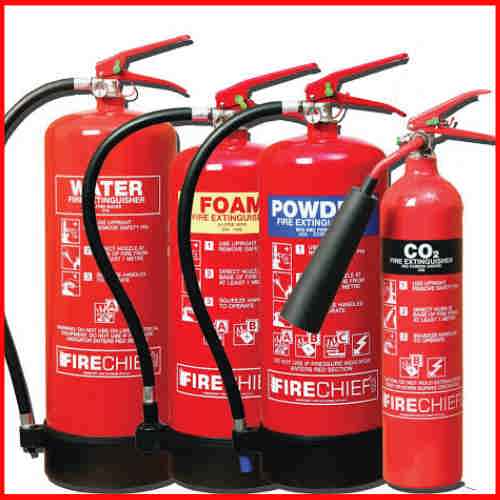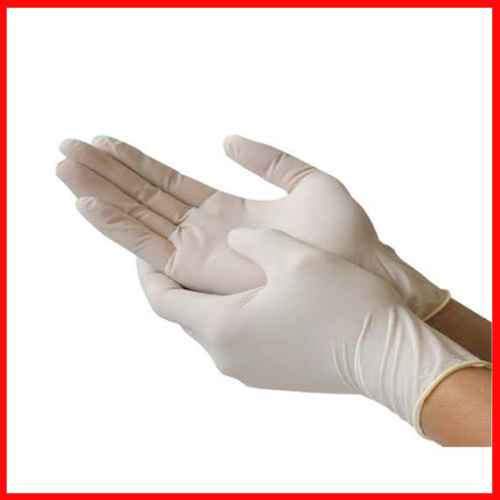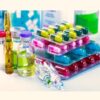
Laboratories are dynamic environments where researchers can conduct experiments and analyse data to make significant scientific discoveries. However, the laboratory is also a place where dangerous chemicals, biological agents, and equipment are often used, and accidents can occur without warning. In this blog post, we will explore the hazards and accidents that can occur in the laboratory and provide tips on how to stay safe while conducting research.
Hazards in the Laboratory
The laboratory is filled with many hazards that can cause harm to researchers if not handled correctly. Some of the most common hazards in the laboratory include:
1. Chemical Hazards
Chemicals are commonly used in the laboratory, and they can be hazardous if not handled properly. Some chemicals can cause skin irritation, eye damage, or respiratory problems, while others can be highly flammable or explosive. Researchers should always read the Material Safety Data Sheet (MSDS) for each chemical they plan to use and follow all recommended safety precautions.
2. Biological Hazards
Laboratories often work with biological materials, including viruses, bacteria, and other microorganisms. Exposure to these materials can cause infections, allergies, or other health problems. Researchers should always wear appropriate personal protective equipment (PPE) when handling biological materials, including gloves, masks, and gowns.
3. Physical Hazards
The laboratory also contains many physical hazards, including sharp objects, electrical equipment, and high-pressure systems. Researchers should always be aware of their surroundings and be cautious when working with any equipment or materials.
Accidents in the Laboratory
Accidents can occur in the laboratory at any time, and they can range from minor incidents to life-threatening emergencies. Some of the most common accidents in the laboratory include:
1. Chemical Spills
Chemical spills can occur when a container is dropped or when a chemical is improperly handled. Researchers should always have spill kits on hand and know how to properly clean up a spill.
2. Fire
Fires can start in the laboratory when flammable materials are not properly stored or handled. Researchers should always know the location of fire extinguishers and other fire safety equipment.
3. Electrical Accidents
Electrical accidents can occur when electrical equipment is not properly grounded or when wires are frayed. Researchers should always use electrical equipment that is in good condition and has been tested for safety.
Tips for Staying Safe in the Laboratory
To stay safe in the laboratory, researchers should follow these tips:
- Read all MSDS before using any chemicals and follow all recommended safety precautions.
- Wear appropriate PPE when handling hazardous materials, including gloves, masks, and gowns.
- Always be aware of your surroundings and be cautious when working with any equipment or materials.
- Keep the laboratory clean and organized to prevent accidents and spills.
- Know the location of all emergency equipment, including fire extinguishers, first aid kits, and eyewash stations.
- Never eat or drink in the laboratory, as this can lead to contamination.
- Report any accidents or incidents to your supervisor immediately.
Conclusion
The laboratory can be a dangerous place, but by following these tips and being aware of the hazards and accidents that can occur, researchers can stay safe while conducting research. Always prioritise safety and take the necessary precautions to ensure that you and your colleagues are protected from harm.



